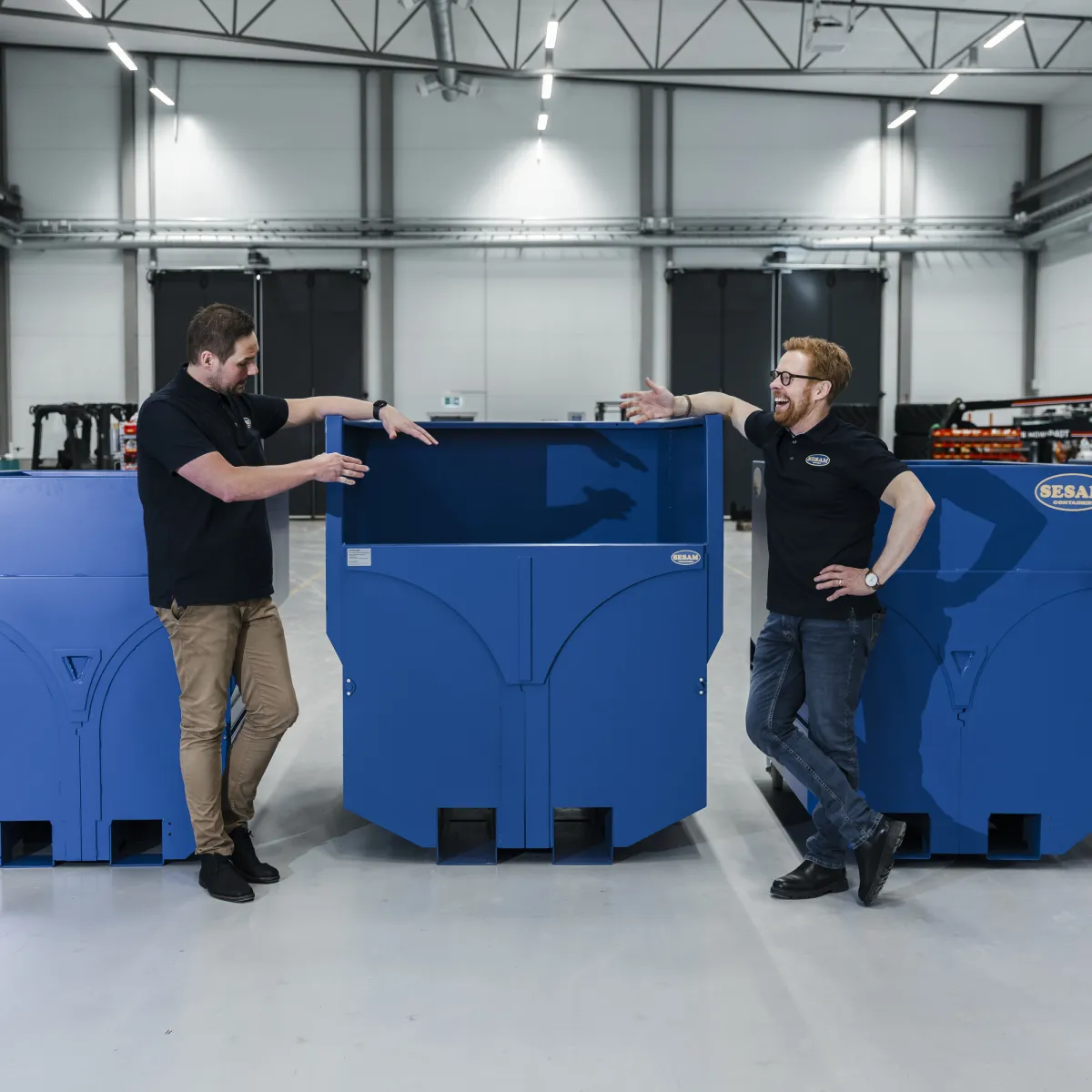Industrial Applications for Bottom Emptying Containers
Industrial Applications for Bottom Emptying Containers
Blog Article
When it comes to bottom-emptying containers, longevity is a critical factor. These containers should resist repeated use, various environmental situations, and continuous handling. This makes material variety a high priority. To make sure that bottom emptying container (bottentömmande container) present long service living and maintain their performance, producers rely on certain products engineered for strength, opposition, and reliability.
Below, we spotlight the very best products that guarantee longevity and efficiency for bottom-emptying containers.
1. High-Density Polyethylene (HDPE)
High-Density Polyethylene, or HDPE, is one of the very frequently used products for sturdy containers. Noted for their impact resistance and mobility, HDPE are designed for equally major masses and hard handling. That product is very ideal for harsh industrial use and outdoor situations as a result of their weight to UV rays and chemicals. Moreover, HDPE is lightweight, which makes it easier to move and manage without compromising on strength.

Why Choose HDPE?
Exceptional weight to climate and compounds
Light but solid
Eco-friendly, since it is recyclable
2. Stainless Steel
For industries requesting heavy-duty durability or sanitary problems, metal is an ideal material. It's effective, highly tolerant to deterioration, and capable of resisting extreme heat fluctuations. More over, stainless steel guarantees endurance, rendering it a cost-effective option in the long run. Their clean floor also simplifies maintenance and cleaning, which is invaluable for applications in food control or healthcare industries.
Key Benefits of Stainless Steel
Extraordinary power and toughness
Rust-proof and ideal for long-term use
Simple to wash and maintain
3. Fiberglass-Reinforced Plastic (FRP)
Fiberglass-Reinforced Plastic (FRP) is really a high-performance substance mixing the strength of fiberglass with the cost-effectiveness of plastic. FRP excels in highly corrosive and chemical-heavy conditions, which makes it an excellent choice for pots used in compound production or storage. Moreover, FRP pots are lightweight, making them simpler to maneuver compared to material equivalents.
Advantages of FRP
Corrosion-resistant in challenging situations
Light and simple to take care of
May be personalized for certain programs
4. Aluminum
When a balance between strength and lightweight design is required, aluminum stands out as a top option. It is particularly favored for programs that want flexibility because reduced weight. Aluminum is corrosion-resistant, which makes it suitable for outdoor problems or locations subjected to moisture.

Highlights of Aluminum
Exemplary lightweight-to-strength proportion
Corrosion-resistant for outside use
Sustainable as it is recyclable
Choosing the Right Material for Your Needs
The decision of material for bottom-emptying containers depends upon the particular program, environmental conditions, and expected fill capacity. HDPE is ideal for cost-effective mobility, while metal presents unmatched power for sanitary environments. FRP and metal, on the other hand, cater to industries seeking light or very corrosion-resistant options.
By choosing the correct material, you can ensure that the bins provide sustained efficiency, remain practical as time passes, and match unique functional needs. Report this page